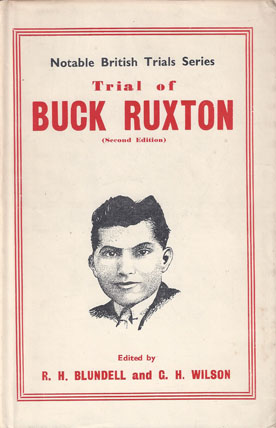
Out of Print
The discovery of human remains at the bottom of a ravine near Moffat, in the south of Scotland, led to what is perhaps the most outstanding achievement in forensic and anatomical reconstruction ever described in a Court of Law.
On 2nd March, 1936, Dr. Buck Ruxton was arraigned at Manchester on a charge of murdering his wife, Isabella Ruxton, in their house at 2 Dalton Square, Lancaster, and after a trial lasting for eleven days, was condemned to death. A special feature of the trial is that evidence was given of the death of another person, Mary Rogerson, the Ruxton's nurse-maid, and of the reconstruction of her body.
The prisoner was not charged with her murder, but this evidence was admitted as assisting in proving the identity of a body believed to be that of Mrs. Ruxton. From the portions of human remains found, Professors Brash and Glaister reconstructed two bodies which corresponded in an amazing way with the published descriptions of the persons missing.
For the first time in a criminal trial the superimposition of photographs of skulls on to known photographs of deceased persons was used as evidence, with remarkable results.